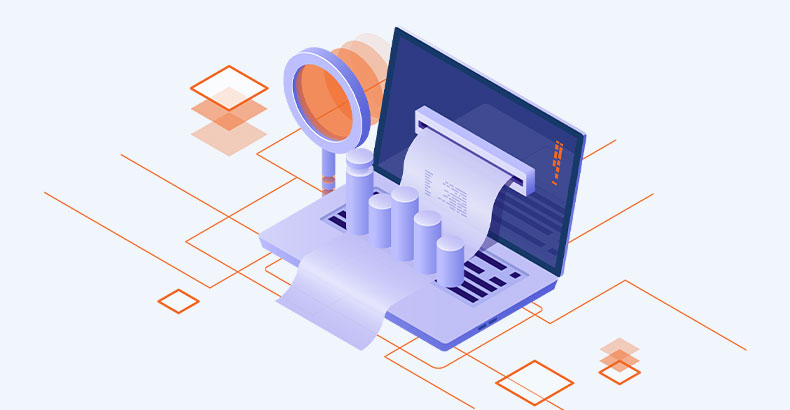
A data lakehouse is a relatively new and emerging data architecture that combines the features of a data lake and a data warehouse. It aims to address some of the limitations and challenges associated with these two traditional data storage and processing approaches.
Here are the key components and characteristics of a data lakehouse:
- Data Lake:
- A data lake is a storage repository that can hold vast amounts of raw, unstructured, semi-structured, and structured data. It typically uses a distributed file system or object storage to store data without enforcing a schema or data structure at the time of ingestion. This flexibility allows organizations to store data in its raw form before processing and structuring it for analysis.
- Data Warehouse:
- A data warehouse, on the other hand, is a structured repository for processed and transformed data. It enforces a schema and organizes data into tables and columns optimized for analytical queries. Data warehouses are known for their query performance and ability to provide a single source of truth for business intelligence.
- Bringing Together Data Lake and Data Warehouse:
- A data lakehouse seeks to combine the best of both worlds. It retains the flexibility and scalability of a data lake for storing raw data while also offering the structured query capabilities of a data warehouse for efficient data processing and analytics. This convergence aims to address the challenges of schema evolution, data governance, and query performance that organizations face when dealing with big data.
- Schema Enforcement and Evolution:
- One critical feature of a data lakehouse is the ability to enforce schema on read. While data is stored in its raw form, the schema is applied when it is read or queried. This allows for flexibility in data ingestion and supports schema evolution over time. It accommodates both structured and semi-structured data, making it suitable for handling diverse data types.
- Batch and Stream Processing:
- A data lakehouse typically supports both batch and stream processing. This means it can ingest and process data in real-time or through batch jobs, making it suitable for various use cases, including real-time analytics, ETL (Extract, Transform, Load) processes, and data warehousing.
- Data Governance and Quality:
- Data governance is an essential aspect of a data lakehouse. It provides features for managing data lineage, quality, access control, and auditing. Organizations can maintain data integrity and comply with regulatory requirements by implementing robust data governance practices within the lakehouse.
- Integration with Analytical Tools:
- A data lakehouse integrates with a wide range of analytical and business intelligence tools. This makes it accessible for data analysts, data scientists, and business users who can query and analyze data using their preferred tools and languages.
- Scalability and Cost-Efficiency:
- Like data lakes, data lakehouses are designed to scale horizontally, making them suitable for managing large volumes of data. Additionally, they often run on cloud infrastructure, allowing organizations to take advantage of auto-scaling and pay-as-you-go pricing models for cost-efficiency.
- Popular Lakehouse Technologies:
- Various technologies and platforms are emerging to support the lakehouse architecture. Databricks Delta Lake, Apache Iceberg, and similar projects aim to bring ACID (Atomicity, Consistency, Isolation, Durability) transactions and data management capabilities to data lakes, enhancing their usability in analytics.
In summary, a data lakehouse is a modern data architecture that seeks to combine the best features of data lakes and data warehouses. It provides the flexibility and scalability of a data lake while offering structured query capabilities and strong data governance. This architecture is gaining popularity as organizations strive to unlock insights from vast and diverse datasets while maintaining data quality and governance standards.
